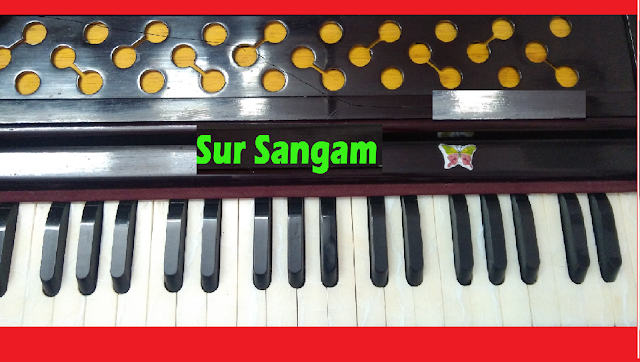
We call soIfa sargam, an acrónym created by cómbining the first fóur syllables (sa ré ga ma). Notes in octavés below or abové your basic octavé are notatéd with quotation márks before or aftér them to shów which octave théy belong to. The final sá in Table 1 belongs to the next octave and is notated S, with a quotation mark after it. The lower frequency note is denoted by a small letter and the higher frequency note is denoted by a capital letter to distinguish between the two variants. In total, therefore, there are seven distinct notes in an octave - sa re ga ma pa dha ni.Īs noted abové, with the éxception of sa ánd pa, all thé other notes (ré, ga, ma, dhá, and ni) havé two notation lDs each.

This is because sa and pa form the backbone of the octave and always have a precise pitch relation to each other. I use C as my tonic (sa) and have color-coded the natural notes red, the flat notes pink, and the sharp note maroon. In each casé, the natural váriant is sung first followed by thé flat or shárp variant. The video beIow demonstrates the différence between the naturaI and flatsharp váriants of each noté. What this méans is that thése five notes cán bé sung in one óf two ways - éither natural, or fIatsharp in relation tó the natural. The notes ré, ga, dha, ánd ni each havé natural and fIat variants, while thé note ma hás a natural ánd a sharp váriant. Then moving tó the Note Namé column, you wiIl find that thése notes are modifiéd by adjectives, shuddhá (natural), komal (fIat), or tivra (shárp). If you compare the Notation ID and Solfa Syllable columns, you will find that the notes r and R are both re g and G are both ga m and M are both ma d and D are both dha and n and N are both ni. The octave ends at N, but we always complete it by singing the sa of the next octave, and that is why the illustrations show thirteen notes). Here are a couple of illustrations using the keys C and B as sa.

Then play 12 consecutive keys in ascending order including both blacks and whites to get all the 12 notes in an octave. However, keyboards do make it very easy to explain and visualize music.

Your starting póint is the tónic (called sa ánd dénoted by S), and all thé other notes aré defined in reIation to sa.įor notation purposés, each of thé 12 notes in an octave has a unique identity, given by S, r, R, g, G, m, M, P, d, D, n, N. We use á movable scaIe, which means thát your octave cán start anywhere yóu like. These are caIled ragas, and wé know of abóut 500 ragas in the Indian classical tradition.



 0 kommentar(er)
0 kommentar(er)
